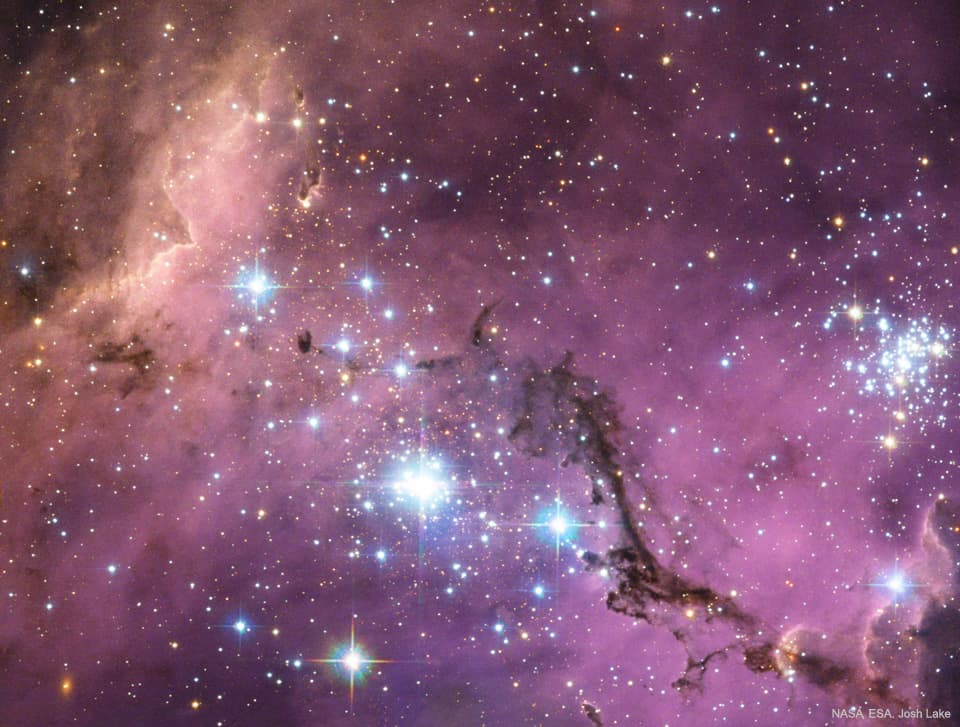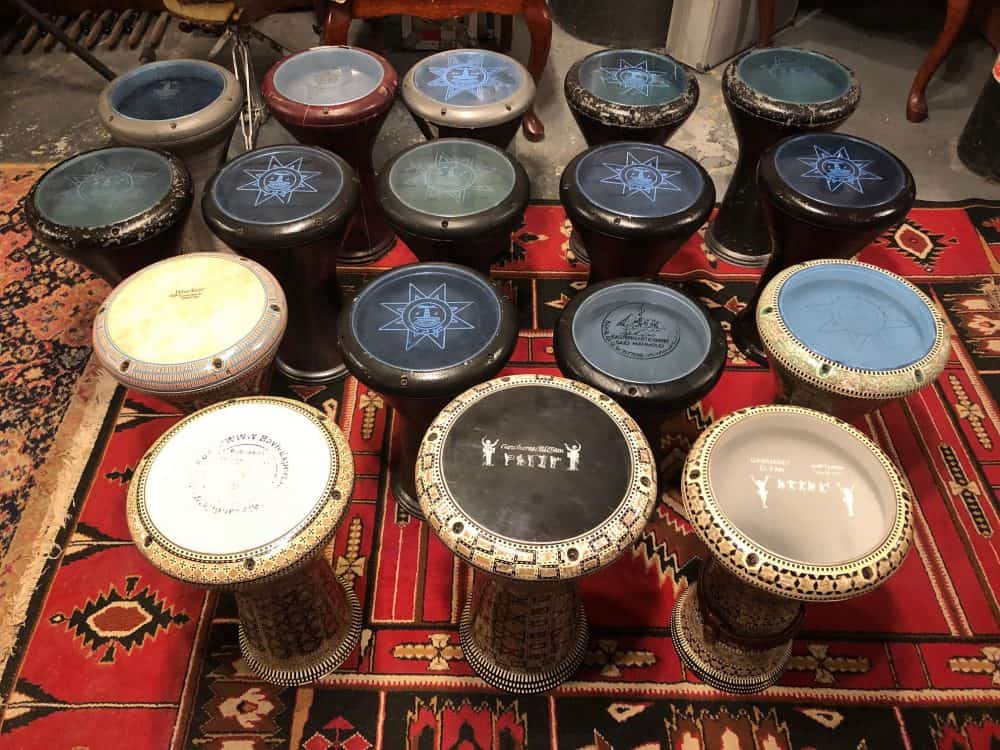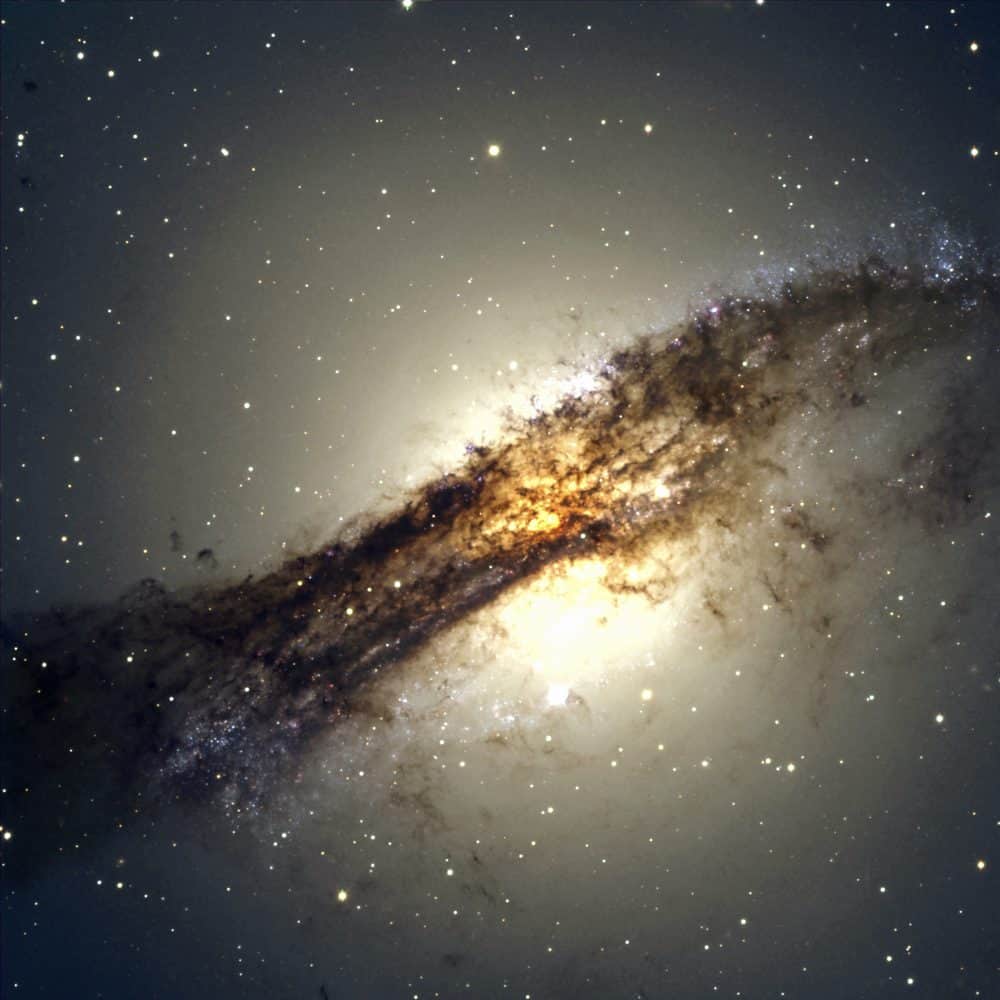Blog
Reverend Gary Davis, also Blind Gary Davis (born Gary D. Davis, April 30, 1896 – May 5, 1972), was a blues and gospel singer who was also proficient on the banjo, guitar and harmonica. His fingerpicking guitar style influenced many other artists. His students include Stefan Grossman, David Bromberg, Steve Katz, Roy Book Binder, Larry Johnson, Nick Katzman, Dave Van Ronk, Rory Block, Ernie Hawkins, Larry Campbell, Bob Weir, Woody Mann, and Tom Winslow. He influenced Bob Dylan, the Grateful Dead, Wizz Jones, Jorma Kaukonen, Keb’ Mo’, Ollabelle, Resurrection Band, and John Sebastian (of the Lovin’ Spoonful). Davis was born in Laurens, South Carolina, in the Piedmont region. Of the eight children his mother bore, he was the only one who survived to adulthood. He became blind as an infant. He recalled being poorly treated by his mother and that his father placed him in the care of his paternal grandmother. Davis reported that when he was 10 years old his father was killed in Birmingham, Alabama; he later said that he had been told that his father was shot by the Birmingham sheriff.
https://www.youtube.com/watch?v=ynbbMiH-c8s&list=PLEB3LPVcGcWZ0hsQ5_jgSMhawAnDzy1io&index=3&t=0s
more...Massive stars, abrasive winds, mountains of dust, and energetic light sculpt one of the largest and most picturesque regions of star formation in the Local Group of Galaxies. Known as N11, the region is visible on the upper right of many images of its home galaxy, the Milky Way neighbor known as the Large Magellanic Clouds (LMC). The featured image was taken for scientific purposes by the Hubble Space Telescope and reprocessed for artistry by an amateur to win a Hubble’s Hidden Treasures competition. Although the section imaged above is known as NGC 1763, the entire N11 emission nebula is second in LMC size only to the Tarantula Nebula. Compact globules of dark dust housing emerging young stars are also visible around the image. A new study of variable stars in the LMC with Hubble has helped to recalibrate the distance scale of the observable universe, but resulted in a slightly different scale than found using the pervasive cosmic microwave background.
more...Ray Barretto (April 29, 1929 – February 17, 2006) was a Puerto Rican conga drummer and bandleader born in New York. Throughout his career as a percussionist, he played a wide variety of Latin music styles, as well as Latin jazz. His first hit, “El Watusi”, was recorded by his Charanga Moderna in 1962, becoming the most successful pachanga song in the United States. In the late 1960s, Barretto became one of the leading exponents of boogaloo and what would later be known as salsa. Nonetheless, many of Barretto’s recordings would remain rooted in more traditional genres such as son cubano. A master of the descarga (improvised jam session), Barretto was a long-time member of the Fania All-Stars. His success continued into the 1970s with songs such as “Cocinando” and “Indestructible”. His last album for Fania Records, Soy dichoso, was released in 1990. He then formed the New World Spirit jazz ensemble and continued to tour and record until his death in 2006.
https://www.youtube.com/watch?v=iEFloE3H3bc
more...Jean-Baptiste Frédéric Isidor, Baron Thielemans (29 April 1922 – 22 August 2016), known professionally as Toots Thielemans, was a Belgian jazz musician. He was known for his harmonica playing, as well as his guitar, whistling skills, and composing. According to jazz historian Ted Gioia, his most important contribution was in “championing the humble harmonica”, which Thielemans made into a “legitimate voice in jazz”. He eventually became the “preeminent” jazz harmonica player.
His first professional performances were with Benny Goodman‘s band when they toured Europe in 1949 and 1950. He emigrated to the U.S. in 1951, becoming a citizen in 1957. From 1953 to 1959 he played with George Shearing, and then led his own groups on tours in the U.S. and Europe. In 1961 he recorded and performed live one of his own compositions, “Bluesette”, which featured him playing guitar and whistling. In the 1970s and 1980s, he continued touring and recording, appearing with musicians such as Oscar Peterson, Bill Evans, Dizzy Gillespie, Kenny Werner, Pat Metheny, Jaco Pastorius, Elis Regina and Paquito D’Rivera.
Among the film soundtracks that Thielemans recorded are The Pawnbroker (1964), Midnight Cowboy (1969), Cinderella Liberty (1973), The Sugarland Express (1974) and Looking for Mr. Goodbar (1977). His harmonica theme song for the popular Sesame Street TV show was heard for 40 years. He often performed and recorded with Quincy Jones, who once called him “one of the greatest musicians of our time.” In 2009 he was designated a Jazz Master by The National Endowment for the Arts, the highest honor for a jazz musician in the United States.
https://www.youtube.com/watch?v=dU5CB2XBDQQ
more...Edward Kennedy “Duke” Ellington (April 29, 1899 – May 24, 1974 Washington, DC) was an American composer, pianist, and leader of a jazz orchestra, which he led from 1923 until his death over a career spanning more than fifty years.
Born in Washington, D.C., Ellington was based in New York City from the mid-1920s onward and gained a national profile through his orchestra’s appearances at the Cotton Club in Harlem. In the 1930s, his orchestra toured in Europe. Although widely considered to have been a pivotal figure in the history of jazz, Ellington embraced the phrase “beyond category” as a liberating principle and referred to his music as part of the more general category of American Music rather than to a musical genre such as jazz.
Some of the jazz musicians who were members of Ellington’s orchestra, such as saxophonist Johnny Hodges, are considered to be among the best players in the idiom. Ellington melded them into the best-known orchestral unit in the history of jazz. Some members stayed with the orchestra for several decades. A master at writing miniatures for the three-minute 78 rpm recording format, Ellington wrote more than one thousand compositions; his extensive body of work is the largest recorded personal jazz legacy, with many of his pieces having become standards. Ellington also recorded songs written by his bandsmen, for example Juan Tizol‘s “Caravan“, and “Perdido“, which brought a Spanish tinge to big band jazz. In the early 1940s, Ellington began a nearly thirty-year collaboration with composer-arranger-pianist Billy Strayhorn, whom he called his writing and arranging companion. With Strayhorn, he composed many extended compositions, or suites, as well as additional short pieces. Following an appearance at the Newport Jazz Festival, in July 1956, Ellington and his orchestra enjoyed a major revival and embarked on world tours. Ellington recorded for most American record companies of his era, performed in several films, scored several, and composed a handful of stage musicals.
Ellington was noted for his inventive use of the orchestra, or big band, and for his eloquence and charisma. His reputation continued to rise after he died, and he was awarded a posthumous Pulitzer Prize Special Award for music in 1999.
more...“One of the lesser appreciated treasures in the Messier catalogue is the spiral galaxy M96. Its spiral arms are punctuated with the red glow of hydrogen gas concentrated in emission nebulae and HII regions, the birthplaces of new stars. Many dust lanes swirl around its core with the distribution of its gas and dust being asymmetrical as well as the core region being placed off-center.
The entire galaxy spans 100,000 light years making it about the same size as the Milky Way at a close distance of 35 million light years. The surrounding region is filled with a wide variety of background galaxies much further away. The most striking of these is the edge on galaxy 2MFGC 8391, which is perfectly positioned to share the line of sight to create the illusion it is part of the structure of M96.”
“Stellar Winds Observatory” a/k/a Stan Watson Observatory at Dark Sky New Mexico
more...Mickey Tucker (born April 28, 1941, in Durham, North Carolina) is an American jazz pianist and organist.
When he was six, he started on piano, eventually playing in church. He performed in the 1960s with Little Anthony and the Imperials and Damita Jo, and also accompanied comedian Timmy Rogers. He entered the jazz world in 1969, working for the next several years with Eric Kloss, Rahsaan Roland Kirk, James Moody, the Thad Jones/Mel Lewis Orchestra, Eddie Jefferson, and George Benson. He was music director for Art Blakey and the Jazz Messengers. During the 1980s, he appeared on albums by Phil Woods, Art Farmer, Richie Cole, and Benny Golson.
https://www.youtube.com/watch?v=IV6hbY–7pc
more...John Martin Tchicai (April 28, 1936 – October 8, 2012) was a Danish free jazz saxophonist and composer.
After moving to New York City in 1963, Tchicai joined Archie Shepp‘s New York Contemporary Five and the New York Art Quartet. He played on John Coltrane‘s Ascension, and Albert Ayler’s New York Eye and Ear Control, both influential free jazz recordings.
Tchicai was born in Copenhagen, Denmark, to a Danish mother and a Congolese father. The family moved to Aarhus, where he studied violin in his youth, and in his mid-teens began playing clarinet and alto saxophone, focusing on the latter. By the late 1950s he was travelling around northern Europe, playing with many musicians.
Following his work in New York, Tchicai returned to Denmark in 1966, and shortly thereafter focused most of his time on music education. He formed the small orchestra Cadentia Nova Danica with Danish and other European musicians; this group collaborated with Musica Elettronica Viva and performed in multi-media events. Tchicai was a founding member of Amsterdam‘s Instant Composers Pool in 1968, and in 1969 took part in the recording of John Lennon and Yoko Ono‘s Unfinished Music No.2: Life with the Lions.
more...Oliver Jackson (April 28, 1933 – May 29, 1994), also known as Bops Junior, was an American jazz drummer.
https://www.youtube.com/watch?v=l54ENp5pXw0
more...Slovenia
more...https://www.youtube.com/watch?v=zZp5nBy92Uk&list=PLEB3LPVcGcWZ0hsQ5_jgSMhawAnDzy1io&index=2&t=0s
more...Centaurus A or NGC 5128 is a galaxy in the constellation of Centaurus. It was discovered in 1826 by Scottish astronomer James Dunlop from his home in Parramatta, in New South Wales, Australia. There is considerable debate in the literature regarding the galaxy’s fundamental properties such as its Hubble type (lenticular galaxy or a giant elliptical galaxy)and distance (10–16 million light-years). NGC 5128 is one of the closest radio galaxies to Earth, so its active galactic nucleus has been extensively studied by professional astronomers. The galaxy is also the fifth-brightest in the sky,making it an ideal amateur astronomy target, although the galaxy is only visible from low northern latitudes and the southern hemisphere.
more...Frederick “Freddie” Douglas Waits (April 27, 1943 – November 18, 1989) was a hard bop and post-bop drummer.
Waits never officially recorded as leader, however he was a prominent member and composer in Max Roach‘s M’Boom percussion ensemble.
He worked as sideman with a number of influential pianists, including McCoy Tyner, Kenny Barron, Andrew Hill, Gene Harris, Billy Taylor and Joe Zawinul.
In the late 1970s, Waits formed Colloquium III with fellow drummers Horace Arnold and Billy Hart. In the 1980s he became a music faculty member of Rutgers University. He died of pneumonia and kidney failure in New York in 1989.
His son is the drummer Nasheet Waits.
more...James Lee Keltner (born April 27, 1942) is an American drummer known primarily for his session work. He was characterized by Bob Dylan biographer Howard Sounes as “the leading session drummer in America”. Keltner was initially inspired to start playing because of an interest in jazz, but the popularity of jazz was declining during the late 1950s and early 1960s, and it was the explosion of pop/rock in the mid-1960s that enabled him to break into recording work in Los Angeles. His first gig as a session musician was recording “She’s Just My Style” for the pop group Gary Lewis and the Playboys.
Keltner’s music career was hardly paying a living, and for several years at the outset he was supported by his wife. Toward the end of the 1960s, he finally began getting regular session work and eventually became one of the busiest drummers in Los Angeles. His earliest credited performances on record were with Gabor Szabo on the 1968 album Bacchanal.
In 1968, Keltner was also working in a music shop in Pasadena just down the street from the old “Ice House” coffeehouse when he was recruited to play drums in a “psychedelic” vocal group named “MC Squared” along with Michael Crowley, Michael Clough, Linda Carey, (all from the folk group The Back Porch Majority) and session guitarist/bassist Randy Cierley Sterling. They were signed by Mo Ostin and recorded an album for Warner/Reprise originally titled “MC Squared” which has later been re-mastered and re-released in 2012 with the album title “Tantalizing Colors.” They appeared live that same year on the Hugh Hefner / Playboy Magazine television show Playboy After Dark playing two songs: an original by MC Squared members Michael Clough and Michael Crowley titled “I Know You” and a cover version of the Fred Neil song Everybody’s Talkin’. Both Playboy After Dark performances with Keltner playing drums can currently be viewed on YouTube.
It was his work with Leon Russell playing on Delaney & Bonnie’s Accept No Substitute that attracted the attention of Joe Cocker, who recruited Russell and everyone else he could out of the Delaney & Bonnie band for his Mad Dogs & Englishmen tour. Playing with Joe Cocker led to work in 1970 and 1971, on records by Carly Simon (No Secrets), Barbra Streisand (Barbra Joan Streisand), Booker T. Jones (Booker T. & Priscilla), George Harrison (The Concert for Bangladesh), and John Lennon (Imagine).
Keltner is well known for his session work on solo recordings by three members of the Beatles, working with George Harrison, John Lennon (including Lennon solo albums, as well as albums released both by the Plastic Ono Band and Yoko Ono), and Ringo Starr.
more...Conrad Henry Kirnon (April 27, 1927 – November 30, 1994) known professionally as Connie Kay, was an American jazz and R&B drummer who was a member of the Modern Jazz Quartet.
Self-taught on drums, he began performing in Los Angeles in the mid-1940s. His drumming is recorded in The Hunt, the recording of a famous Los Angeles jam session featuring the dueling tenors of Dexter Gordon and Wardell Gray on July 6, 1947. He recorded with Lester Young‘s quintet from 1949 to 1955 and with Stan Getz, Coleman Hawkins, Charlie Parker, and Miles Davis.
Kay did R&B sessions for Atlantic Records in the early to mid-1950s, and he was featured on hit records such as Shake, Rattle and Roll by Big Joe Turner and Ruth Brown‘s (Mama) He Treats Your Daughter Mean.
Kay joined the Modern Jazz Quartet in 1955, replacing original drummer Kenny Clarke. He remained through the group’s dissolution in 1974 and occasional reunions into the 1990s. In addition to his MJQ compatriots, he had an enduring partnership with cool jazz altoist Paul Desmond through the first half of the 1960s. He played drums on several of Irish singer-songwriter Van Morrison‘s albums: Astral Weeks, one song on Saint Dominic’s Preview, and four songs on Tupelo Honey.
more...More Posts
- Henry Kaiser
- Muhal Richard Abrams
- Lol Coxhill
- World Music Memorial Robert Tree Cody
- Daily Roots Horace Martin
- Rhythm Roots Workshop @ St Therese Senior Communities
- Cosmos Arp 107
- P.F. Sloan
- Emily Remler
- Steve Marcus
- World Drumming Salsa Liverpool
- Daily Roots Rockers All Stars
- Cosmos M31
- Earl May
- Lalgudi Jayaaraman
- Jack McDuff
- Hank Williams
- World Music Nidia Góngora
- Daily Roots Doctor Pablo & Crytuff All Stars
- Cosmos M20








